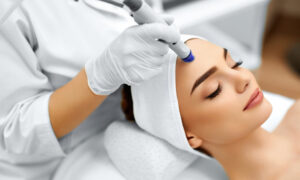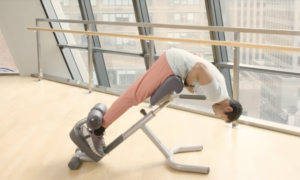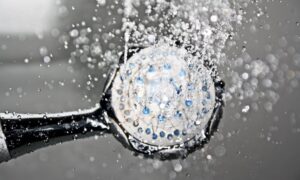Beauty standards have been continuously evolving throughout history, shaped by various factors such as culture, media, and societal norms. In today’s modern age, the influence of these standards has become even more pronounced, with the rise of social media and the accessibility of information.
Plastic surgery, as a means of enhancing one’s physical appearance, has played a significant role in this evolution. This article delves into the intriguing topic of the evolution of beauty standards and examines the role that plastic surgery has played in shaping and meeting these ever-changing ideals.
What are beauty standards and where do they come from?
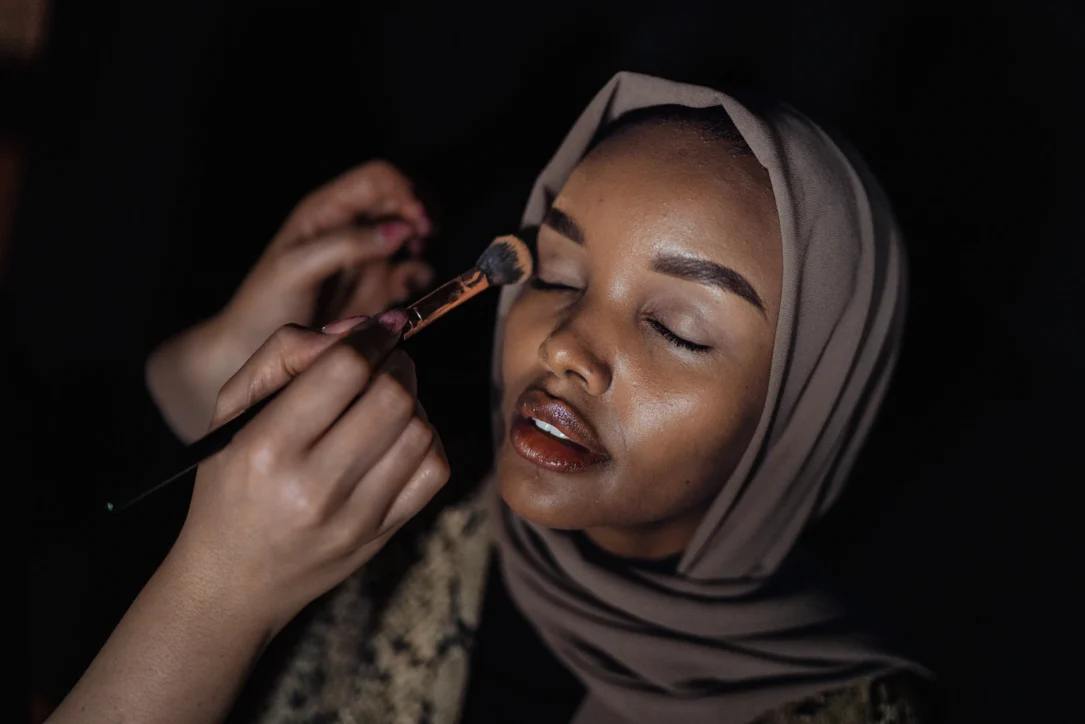
Source: pinterest.com
Beauty standards refer to the societal norms and ideals that define what is considered attractive and desirable in terms of physical appearance. These standards vary across cultures, historical periods, and geographical regions, reflecting the diverse values and preferences of different societies. They are influenced by a multitude of factors, including cultural traditions, media representation, social pressures, and the fashion industry.
In today’s world, beauty standards are often promoted and reinforced through various media platforms, such as advertising, television, and social media. These channels play a significant role in shaping perceptions of beauty, frequently emphasizing certain body types, facial features, and skin tones. The influence of beauty standards has led to the rise in popularity of cosmetic procedures, including Letsmedi plastic surgery packages, as individuals strive to align themselves with these ideals.
However, it is important to recognize the importance of individuality and diversity in beauty, and to foster a more inclusive and accepting society that appreciates beauty in all its forms.
The role of plastic surgery in the evolution of beauty standards
The role of plastic surgery in the evolution of beauty standards has been significant. Plastic surgery procedures have become increasingly popular as individuals seek to conform to societal ideals of beauty. Plastic surgery offers the possibility to enhance or alter physical features, allowing individuals to achieve a desired aesthetic appearance that aligns with prevailing beauty standards.
The influence of plastic surgery on beauty standards can be seen in the media and entertainment industry, where celebrities often undergo procedures to maintain or enhance their attractiveness. This constant exposure to surgically enhanced beauty can create unrealistic expectations and pressures for individuals to attain a certain physical ideal. However, it is important to approach plastic surgery with caution and understand the potential risks and ethical considerations involved.
It is crucial to promote a balanced perspective on beauty, emphasizing self-acceptance and embracing diversity, rather than solely relying on surgical interventions to meet societal standards.
The Impact of Celebrity Culture
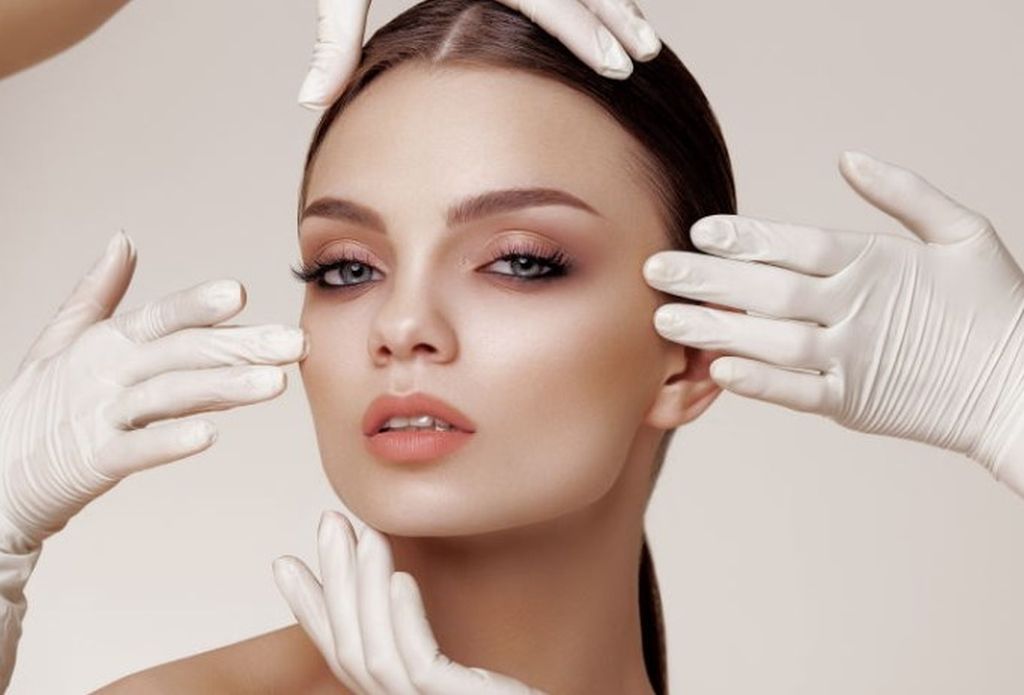
Source: freepik.com
In today’s society, celebrities have an immense influence on popular culture and societal beauty standards. With their highly visible lives and constant media exposure, celebrities often set trends and become role models for many individuals. When it comes to plastic surgery, celebrities’ openness about their own procedures has significantly impacted public perception and acceptance. Celebrities who are candid about their experiences with plastic surgery have helped destigmatize the topic, making it more accessible and normalized for the general population. Their willingness to discuss their procedures, whether it be breast augmentation, rhinoplasty, or facelifts, has sparked conversations and opened the door for others to consider plastic surgery as an option for enhancing their appearance. However, it is essential to recognize that while celebrities can provide inspiration, each individual’s journey is unique, and it is crucial to have realistic expectations and consult with professionals before making any decisions regarding plastic surgery.
Alternative Perspectives
While plastic surgery has become more prevalent in modern society, there is an increasing movement that challenges traditional beauty standards and promotes alternative perspectives on beauty. The body positivity and self-acceptance movements emphasize the importance of loving oneself and embracing diverse body types and appearances. These movements encourage individuals to appreciate their unique qualities rather than striving for an unrealistic ideal. This shift in perspective challenges the notion that beauty is solely determined by physical attributes and promotes a more inclusive definition of beauty. Instead of seeking external changes through plastic surgery, individuals are encouraged to focus on self-care, self-love, and developing a positive body image. It is important to recognize that beauty comes in many forms and that true beauty extends beyond physical appearance.
Future Trends
The field of plastic surgery continues to evolve, driven by advancements in technology and shifting societal attitudes towards beauty. One of the future trends in plastic surgery is the continued development of non-invasive procedures. Non-surgical treatments such as Botox, dermal fillers, and laser therapies have gained popularity due to their effectiveness and minimal downtime. These procedures provide individuals with the opportunity to enhance their appearance without the need for surgery. As technology advances, we can expect further improvements in non-invasive techniques, making them even more accessible and appealing to a broader range of individuals.
Additionally, the future of plastic surgery may see a greater focus on individualized and natural-looking results. Rather than pursuing drastic transformations, individuals are seeking subtle enhancements that enhance their natural features and maintain a sense of authenticity. Plastic surgeons are increasingly adopting a personalized approach, taking into account each patient’s unique facial structure and body proportions to create harmonious results. This shift towards a more personalized and natural aesthetic aligns with the growing emphasis on individuality and self-expression.
Furthermore, the future of plastic surgery may involve a greater integration of technology, such as virtual reality and 3D imaging, to facilitate better communication between patients and surgeons. These technologies can help individuals visualize potential outcomes, allowing for more informed decision-making and realistic expectations.
Conclusion: The dangers of unrealistic beauty standards
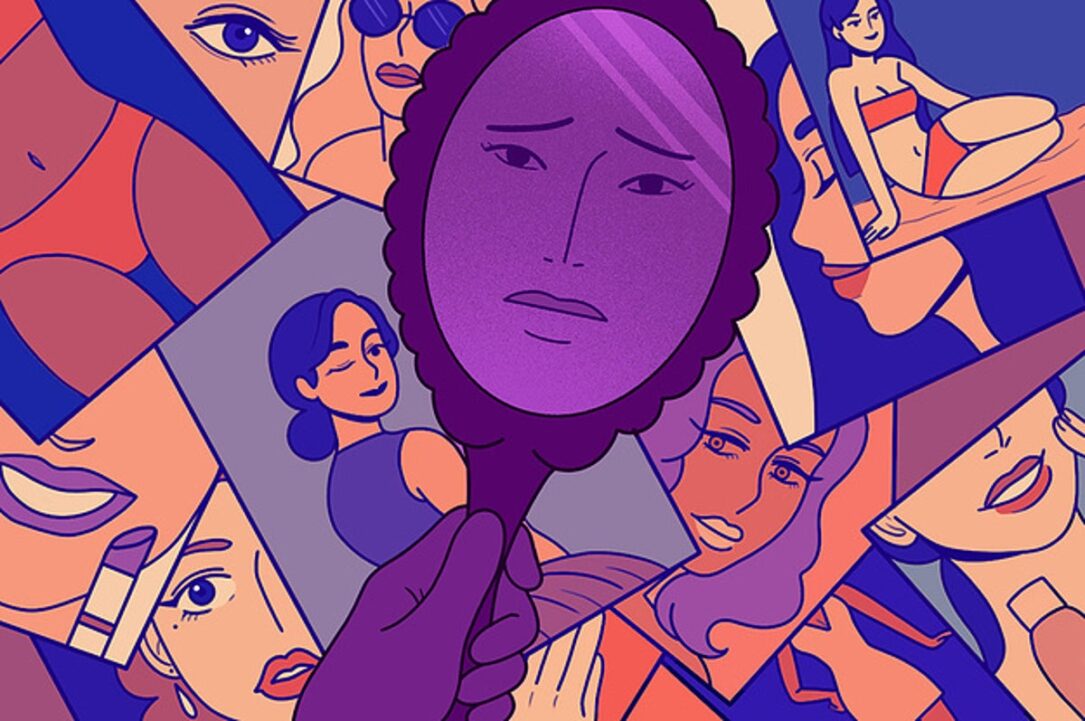
Source: freepik.com
Unrealistic beauty standards can have detrimental effects on individuals and society as a whole. The relentless pursuit of an idealized physical appearance can lead to low self-esteem, body dissatisfaction, and poor mental health. The pressure to conform to these standards can also result in unhealthy behaviors such as extreme dieting, excessive exercise, and the misuse of cosmetic products.
To foster positive change, it is essential to prioritize self-acceptance, self-care, and promoting a healthy body image. Emphasizing inner qualities, individuality, and embracing diversity can help shift the focus from external appearance to holistic well-being.
By challenging and questioning unrealistic beauty standards, we can create a society that values and appreciates beauty in all its authentic forms.



